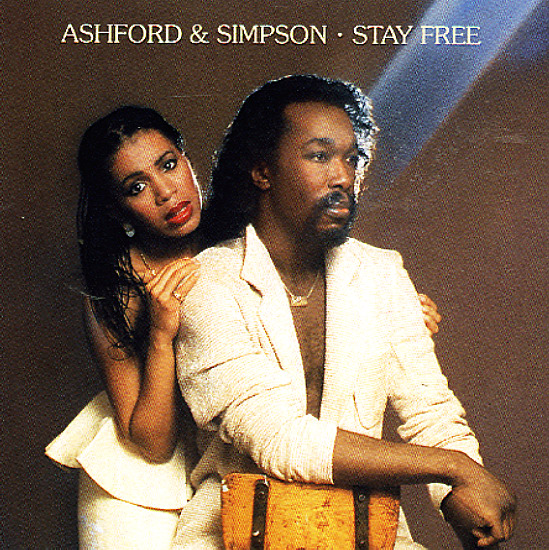Artist History

Family Life
Jimi Hendrix was born on November 27th, 1942, at the King County Hospital in Seattle, Washington. Originally named Johnny Allen Hendrix, Jimi’s father (James Al Hendrix), changed his name to James Marshall Hendrix and nicknamed him “Jimmy” shortly after his birth. Jimi has two brothers, Leon and Joseph, and his mother left Al to raise them after they were born.
Jimi’s father gave him a one-stringed ukelele to play after catching him strumming their broom as a child, pretending to play guitar. Later on, when Jimi was around 16 years old, Al bought him his first acoustic guitar. A year later, Al bought Jimi his first electric guitar, a Supro Ozark 1560S.
Jimi taught himself to play guitar without ever learning to read or write music. He was a fan of blues, jazz, and rock music, which inspired him to learn how to play, along with his father’s encouragement. A few months after he was gifted his electric guitar, he joined his first band, The Velvetones, then The Rocking Kings shortly after. When he was 18, Jimi joined the military but was discharged after a few years due to an injury.
Influences
- Jimi Hendrix was inspired by many major artists of the 50’s and 60’s at the time with a heavy focus on blues, rock, and jazz music.
- When he was a child, he was specifically interested in rock artists Chuck Berry and Little Richard, as well as electric blues artists Muddy Waters , B.B King, and Elmore James.
- During his time in the military, Jimi played his guitar with his fellow serviceman, Billy Cox, who played bass. According to Cox, they were greatly inspired by Jimmy Reed and Albert King, listening to them frequently.
- Hendrix also drew inspiration from Howlin’ Wolf and went on to play his song “Killing Floor” at the Monterey Pop Festival in 1967.
Development
As he experimented more with the guitar, Jimi Hendrix favored a fuzzy and gritty sound when it came to the guitar. He was a fan of gain, distortion, and feedback, effects that were previously deemed undesirable by mainstream guitarists. He popularized the sound through his ability to control and create fluidity with the “wild” effects he used. He also rebelled from standard guitar playing by rejecting the typical fretting style and playing piano style which is when a guitarist uses the thumb to play what a pianist would with their left hand, and the rest of their fingers to play the melody. This playing style allowed him to play rhythm chords and lead lines at the same time. Jimi is known to have the greatest influence on psychedelic rock music but has had an impact on many other genres, including funk and hip-hop. Hendrix influenced many guitarists with his sound, such as David Bowie, Nile Rodgers, Lenny Kravitz, and Freddie Mercury. He’s known for his unique guitar style and his synthesis of the genres he was inspired by (namely blues and rock music).

Bibliography
- Lewis R. Gordon. “Rockin’ It in Blue: A Black Existential Essay on Jimi Hendrix.” Discourse, vol. 39, no. 2, 2017, pp. 216–29. JSTOR, https://doi.org/10.13110/discourse.39.2.0216. Accessed 8 Mar. 2023.
- Henderson, David. “Jimi Hendrix Deep Within the Blues and Alive Onstage at Woodstock–25 Years after Death.” African American Review, vol. 29, no. 2, 1995, pp. 213–16. JSTOR, https://doi.org/10.2307/3042293. Accessed 8 Mar. 2023.
- Brattin, Joel J. “The Hero as Guitar God: Unacknowledged Borrowings from Carlyle in a Popular Biography of Jimi Hendrix.” Carlyle Studies Annual, no. 15, 1995, pp. 97–106. JSTOR, http://www.jstor.org/stable/44946092. Accessed 8 Mar. 2023.
- Murray, Charles Shaar. “Jimi Hendrix”. Encyclopedia Britannica, 23 Nov. 2022, https://www.britannica.com/biography/Jimi-Hendrix. Accessed 8 March 2023.
- Waksman, Steve. “Black Sound, Black Body: Jimi Hendrix, the Electric Guitar, and the Meanings of Blackness.” Popular Music and Society, vol. 23, no. 1, 1999, pp. 75-113. ProQuest, https://www.proquest.com/scholarly-journals/black-sound-body-jimi-hendrix-electric-guitar/docview/208074633/se-2.
- Clague, Mark. “‘This Is America’: Jimi Hendrix’s Star Spangled Banner Journey as Psychedelic Citizenship.” Journal of the Society for American Music, vol. 8, no. 4, 2014, pp. 435–478., doi:10.1017/S1752196314000364.

